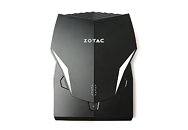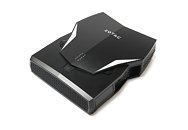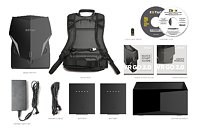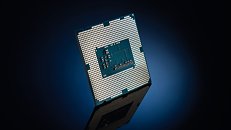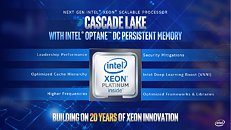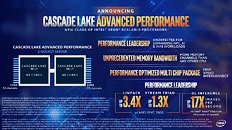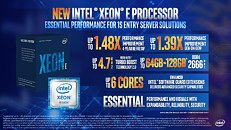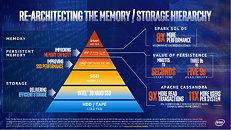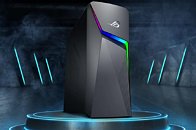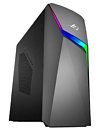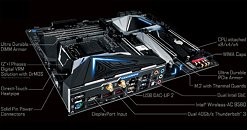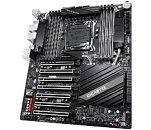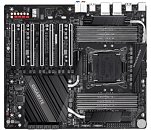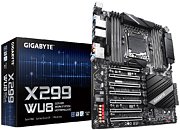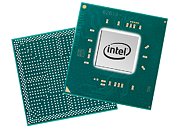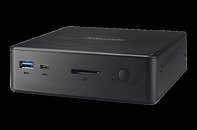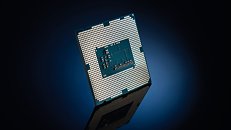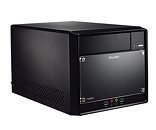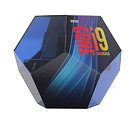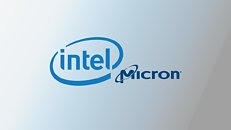
GIGABYTE Intros C246-WU4 Motherboard for Xeon E-Series and Core Processors
GIGABYTE today introduced the C246-WU4, a workstation-grade socket LGA1151 motherboard based on Intel C246 chipset, with support for the recently announced Xeon E-2100 series, in addition to 8th and 9th generation Core processors. With Xeon processors installed, it supports up to 128 GB ECC memory. 9th Generation Core processors let you use up to 128 GB non-ECC memory. 8th generation ones cap out at 64 GB non-ECC. The board also supports many of the vPro enterprise features that the Q370 Express chipset offers.
Built in the standard ATX form-factor, the board draws power from a combination of 24-pin ATX, 8-pin EPS, and optional 4-pin ATX, and uses an 8+2 phase VRM to condition power for the CPU. Expansion slots include four PCI-Express 3.0 x16, from which slots 1 and 3 are wired to the CPU, and share an x16 link (x16/NC or x8/x8), while slots 2 and 4 are gen 3.0 x4, and wired to the PCH. There's also a legacy PCI slot driven by a bridge chip. Storage connectivity includes two M.2 PCIe with gen 3.0 x4 wiring, each; and ten SATA 6 Gbps ports, from which eight are driven by the PCH, and two from an ASMedia ASM1061 chip. Network connectivity includes two 1 GbE interfaces, one driven by an Intel i219-V, and the other by i211-AT, with vPro support. USB connectivity includes USB 3.1 gen 2, including type-C rear-panel ports. The onboard audio features a Realtek ALC1220VB, which is EMI shielded, and wired to WIMA capacitors. Expect this board to be priced around $350.
Built in the standard ATX form-factor, the board draws power from a combination of 24-pin ATX, 8-pin EPS, and optional 4-pin ATX, and uses an 8+2 phase VRM to condition power for the CPU. Expansion slots include four PCI-Express 3.0 x16, from which slots 1 and 3 are wired to the CPU, and share an x16 link (x16/NC or x8/x8), while slots 2 and 4 are gen 3.0 x4, and wired to the PCH. There's also a legacy PCI slot driven by a bridge chip. Storage connectivity includes two M.2 PCIe with gen 3.0 x4 wiring, each; and ten SATA 6 Gbps ports, from which eight are driven by the PCH, and two from an ASMedia ASM1061 chip. Network connectivity includes two 1 GbE interfaces, one driven by an Intel i219-V, and the other by i211-AT, with vPro support. USB connectivity includes USB 3.1 gen 2, including type-C rear-panel ports. The onboard audio features a Realtek ALC1220VB, which is EMI shielded, and wired to WIMA capacitors. Expect this board to be priced around $350.










